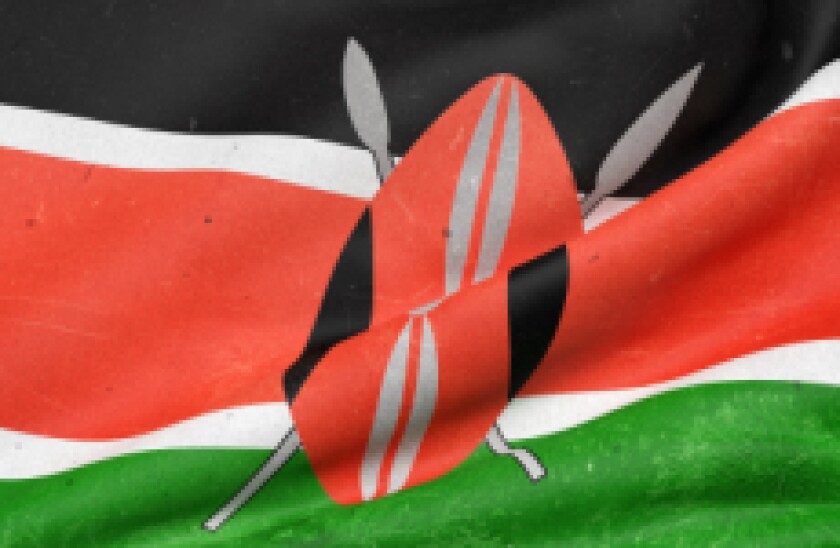Kenya to push out international funding to 2048

Kenya has mandated banks for its first Eurobond since 2014, and is looking to extend its curve by 24 years to join the handful of sub-Saharan African borrowers that have tapped the 30 year part of the curve.
Unlock this article.
The content you are trying to view is exclusive to our subscribers.
To unlock this article:
- ✔ 4,000 annual insights
- ✔ 700+ notes and long-form analyses
- ✔ 4 capital markets databases
- ✔ Daily newsletters across markets and asset classes
- ✔ 2 weekly podcasts
